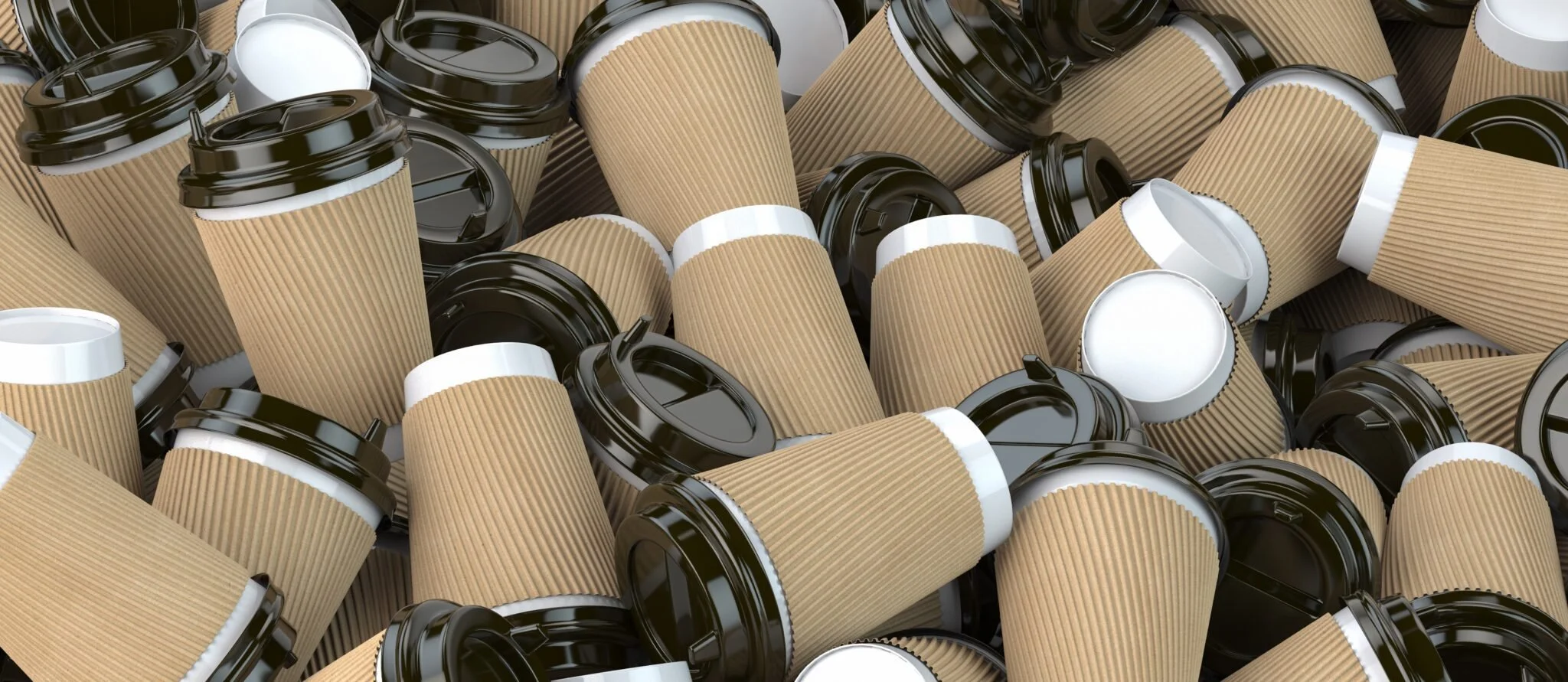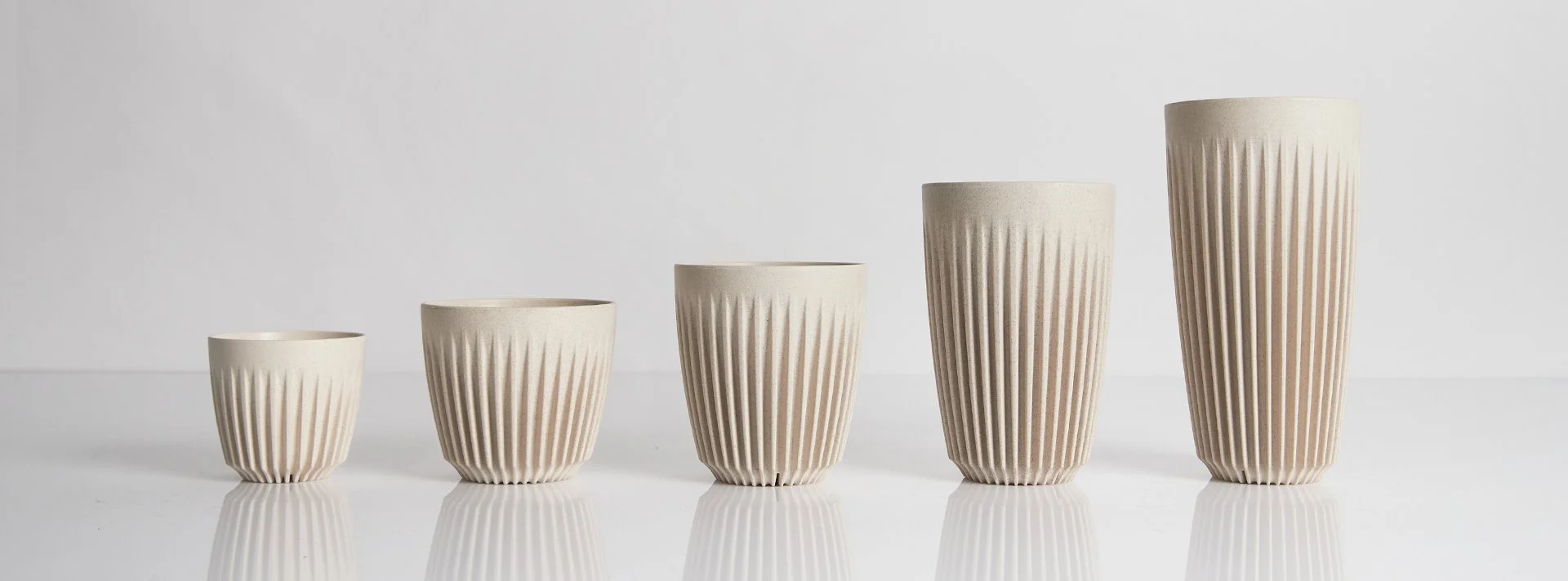Monthly Studio Challenge
Every month or two, the Studio Air team takes part in a sustainability initiative to increase our awareness and have fun integrating new habits into all our lives.
Our challenge for July was all around our use of coffee cups. Let’s break it down…
The Challenge: Reusable vs. Disposable
How many times in a month can we use our reusable Huskee coffee cups vs. take away a disposable coffee cup?
To try and break our habit of relying on disposable coffee cups too much, we challenged the team to try to use their reusable coffee cups everyday.
We committed to:
Tracking our use on our studio whiteboard
Keeping a tally of both reusable and disposable, including what we used on the weekends
And at the end of the month, regrouping to see the results and whoever used their Huskee coffee cup the least would have to buy a round of coffees for the rest of the team!
Some Learnings Along the Way
Did you know that it’s only through completing a life-cycle assessment on a product that we can truly understand its environmental impact?
If we get one coffee per day, reusable cups are associated with fewer greenhouse gas emissions, less toxic emissions, smog, and ozone depletion, and fewer minerals and fossil fuels than disposable cups.
But there’s a few things to consider…
1. It matters what the reusable coffee cup is made from:
Plastic versions use fossil fuels and are difficult to properly dispose of once they break or degrade, whereas lightweight, durable and preferably made of stainless steel or recycled materials is much better.
That’s why we have Huskees - they’re made from repurposed waste coffee husks and are recycled at the end of life.
2. It matters what type of detergent is used to clean them:
Washing reusable mugs with hot water and soap puts them at a disadvantage when it comes to ecosystem-quality indicators.
That’s why we purchase eco-friendly detergents for the office and home.
3. The number of times a cup is used is paramount:
It would take from 20 to more than 1,000 uses, depending on the cup/mug type and the environmental indicator, to make up for the impacts of a single-use cup.
4. Packaging generally only represents 4 percent of coffee’s total carbon footprint:
A staggering 73 percent of a single cup’s carbon footprint is the milk. Ditching dairy might be a better answer to reducing the overall environmental impact of your caffeine addition.
High fives to those who drink Long Blacks!
Key takeaways
Buy reusable cups made from low impact materials
Use eco-friendly detergents and limit the amount of water used when washing it
Reuse your cup for several years and then recycle it to close the loop
Ditch milk, try a long black!
The Results
Luca was the winner - due to the fact he doesn’t actually drink coffee (or any hot drinks for that matter).
Huss was the loser - he never remembered his Huskee coffee cup (still learning).
Jess was the almost loser - her habit was reusable during the week and disposable on the weekend. But luckily they cancel each other out (sort of).
Dan, Mina, Hoops and Janni were all pretty ace.






